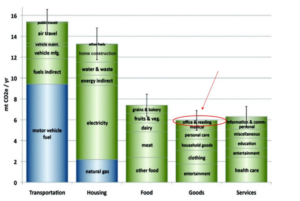Public consultation: Chinese forest certification system
Stakeholders from around the world are invited to give feedback on the revised national forest certification system for China. Deadline for comments is 30 April. Give your feedback now! The China Forest Certification Council (CFCC), the PEFC national member for China, revised the country’s national forest certification system following the entry into force of the revised 2018 PEFC Sustainable Forest Management standard. The revised China Forest Certification Scheme is also the first national system submitted to PEFC for endorsement that includes a Trees Outside Forests (TOF) standard. TOF certification was one of the innovative developments of the 2018 PEFC Sustainable Forest Management standard.
